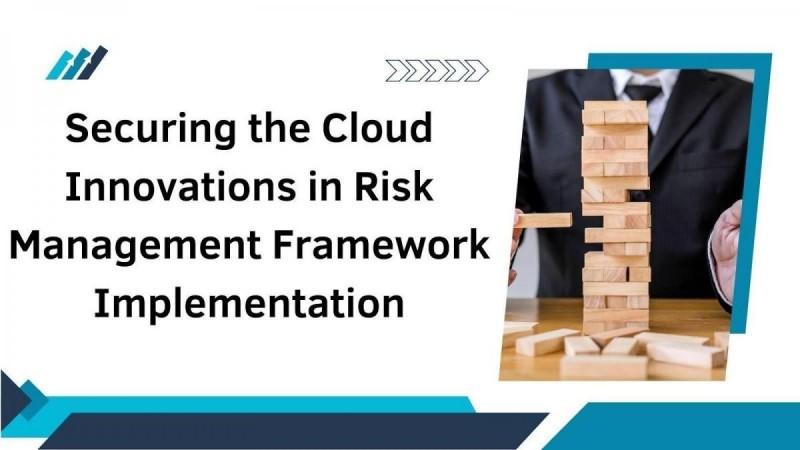In the modern world, the implementation of the NIST RMF in cloud environments is a crucial step toward enhancing cybersecurity, ensuring compliance, and managing evolving threats. By following a structured approach and leveraging emerging technologies, organizations can mitigate risks while fully harnessing the benefits of cloud computing. Vishnuvardhana Reddy Veeraballi's research provides a roadmap for security professionals, IT managers, and decision-makers striving to establish robust cloud security frameworks in an increasingly digital world.
The Need for Advanced Risk Management in Cloud Computing Cloud computing delivers exceptional flexibility, scalability, and cost efficiency, but it also brings significant security challenges, including data breaches, compliance risks, and intricate security configurations. Traditional security frameworks often fail to keep up with the ever-evolving cloud landscape. To mitigate these risks effectively, organizations must adopt a structured risk management approach that ensures resilience, regulatory compliance, and robust protection of cloud-based assets and operations.

NIST RMF: A Structured Approach to Cloud Security The NIST RMF provides a structured approach to managing cloud security risks, integrating tailored controls and compliance measures to address modern cloud architectures while adapting its traditional IT risk management principles. Implementing RMF in Cloud Environments The RMF follows a structured, seven-step process designed to enhance cloud security while ensuring regulatory compliance. These steps include: Addressing Cloud-Specific Security Challenges Implementing the RMF in cloud environments requires adapting security controls to unique challenges such as: The Role of Emerging Technologies in Cloud Security Emerging technologies like AI, machine learning, and automation enhance cloud security by improving RMF implementation.
AI-driven threat detection, automated risk assessment, and predictive analytics enable a proactive security approach. Additionally, Zero Trust Architecture strengthens security by enforcing continuous verification of access credentials, reducing vulnerabilities. These innovations help organizations detect and mitigate risks more efficiently, ensuring robust protection against evolving cyber threats in cloud environments.
As threats grow more sophisticated, leveraging these technologies becomes essential for maintaining strong security postures. The Future of Cloud Risk Management As cloud technologies advance, risk management strategies must evolve accordingly. Organizations are shifting to hybrid and multi-cloud environments, demanding more adaptable security frameworks.
The future of cloud risk management will see the adoption of quantum-resistant encryption, advanced identity management, and AI-driven security analytics. These innovations will enhance threat detection, streamline access control, and safeguard sensitive data against emerging cyber risks. As attack surfaces expand, a proactive approach to security will be essential, ensuring resilience and compliance in an increasingly complex cloud ecosystem.
In conclusion, the implementation of the NIST RMF in cloud environments is a crucial step toward enhancing cybersecurity, ensuring compliance, and managing evolving threats. By following a structured approach and leveraging emerging technologies, organizations can mitigate risks while fully harnessing the benefits of cloud computing. Vishnuvardhana Reddy Veeraballi's research provides a roadmap for security professionals, IT managers, and decision-makers striving to establish robust cloud security frameworks in an increasingly digital world.
.
Top

Securing the Cloud: Innovations in Risk Management Framework Implementation

The implementation of the NIST RMF in cloud environments is a crucial step toward enhancing cybersecurity, ensuring compliance, and managing evolving threats.











